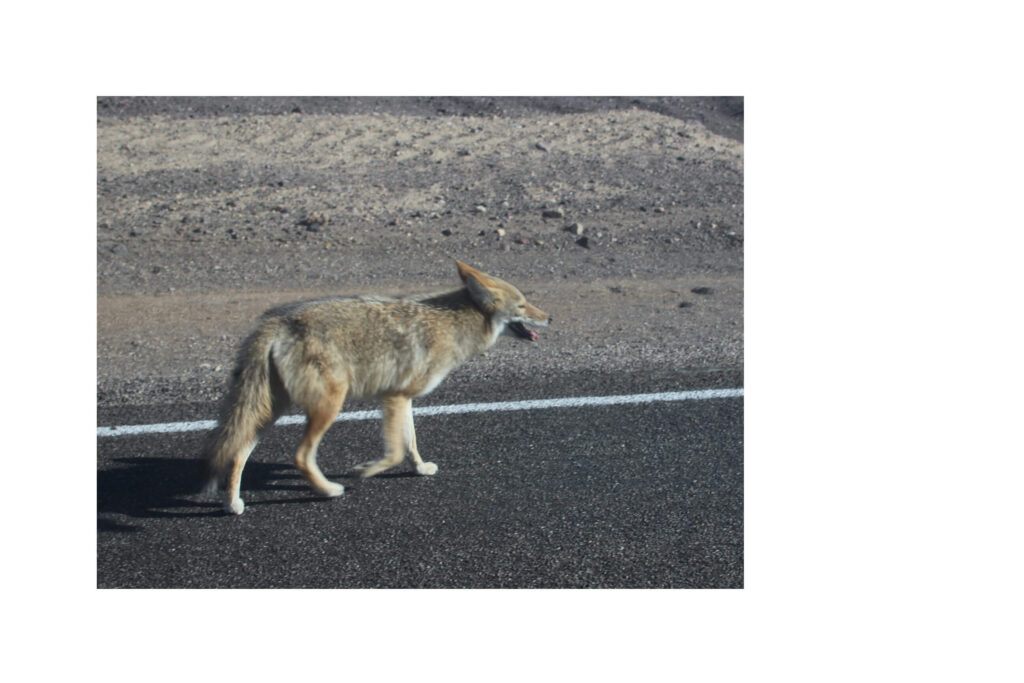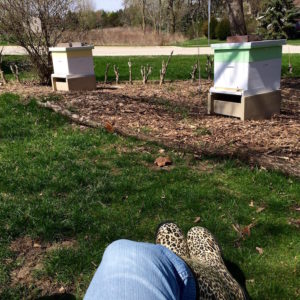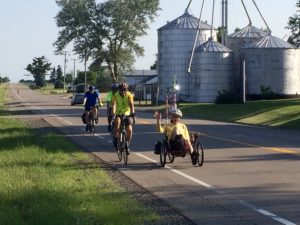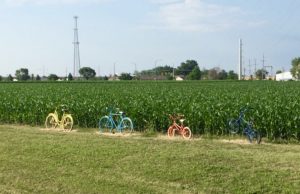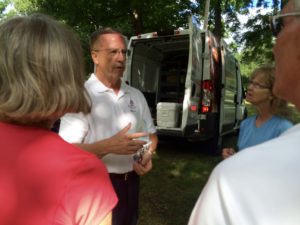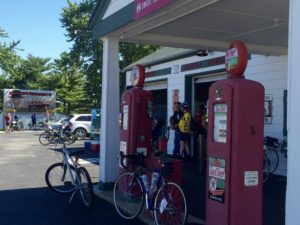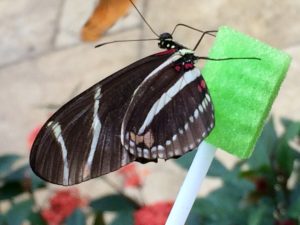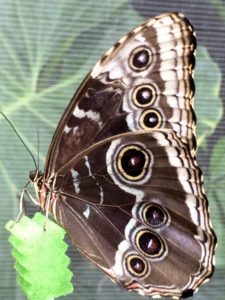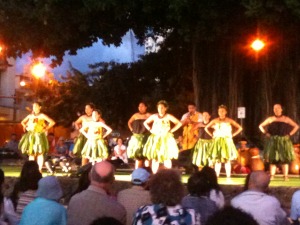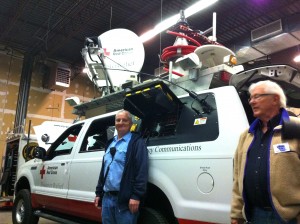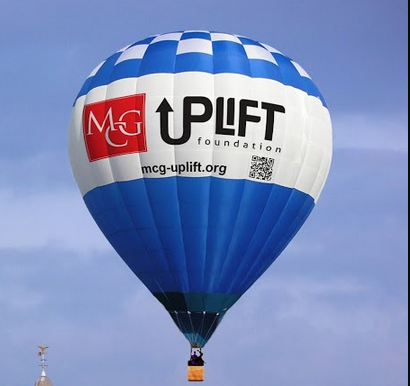Snowbirds are not the only winter visitors to the temperate springs of Florida. Those waterways also draw the Florida manatees to sapphire blue pools. These gentle creatures called me to the Central West coast of Florida. Stepping stone grey, like their elephant relatives, manatees are hard to miss in the crystal-clear headwaters. Twelve feet long and sausage shaped, their two flippers and a spoon shaped tail provide locomotion.
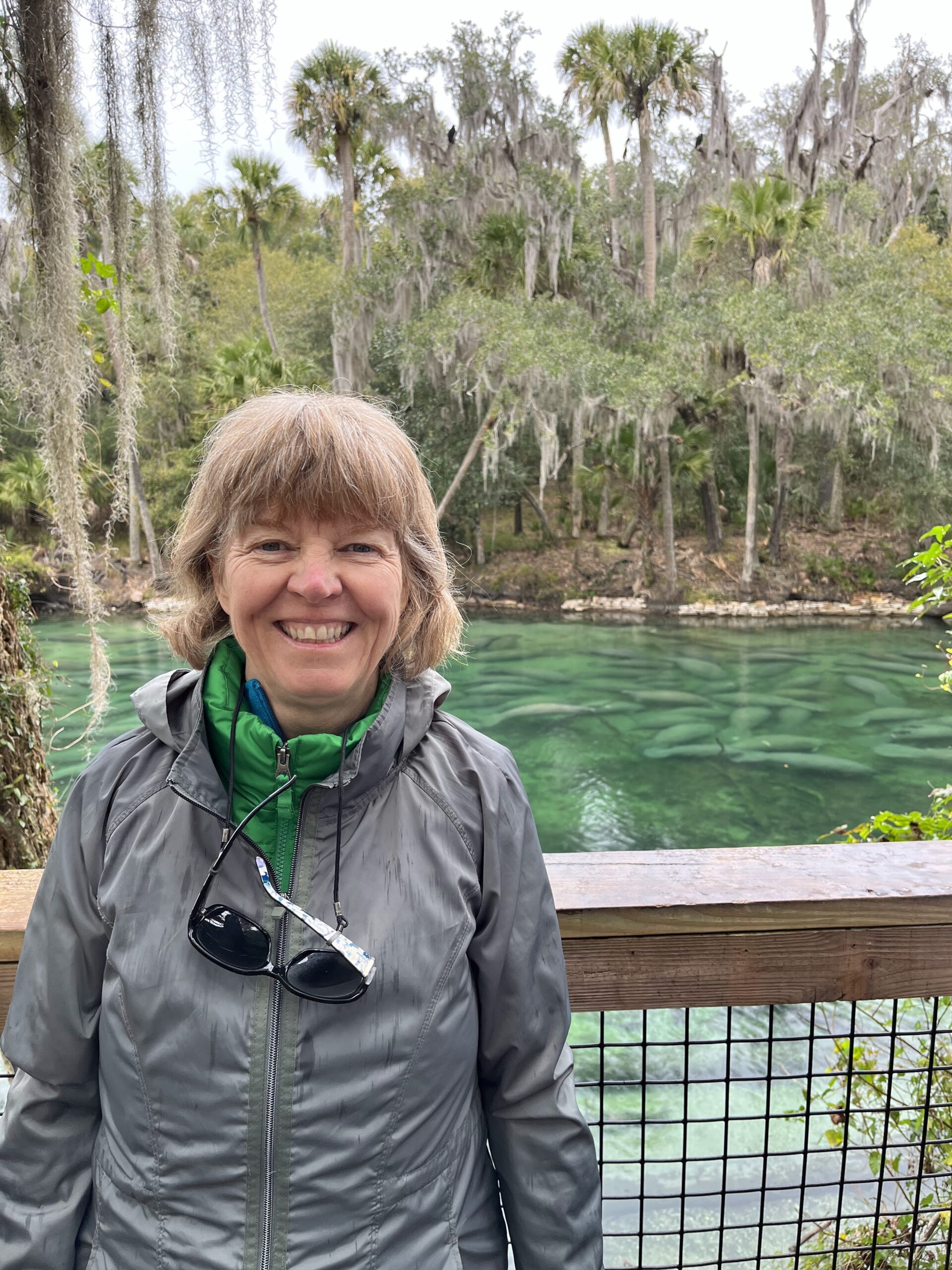
My first stop was Ellen Schiller State Park in Homosassa. There are many animals to see in this small zoo for animals unable to survive on their own in nature. I gravitated to the manatees. Within the natural springs, an above and below water floating observation area allows visitors an up close and personal experience with these giants. When I arrived 30 or so manatees lazed and lounged just a few feet away from me. I could have watched for hours as they floated by, mothers teaching their pups to play, others seemingly asleep. It was a treat to see as manatees are wild creatures and come to the springs on their own schedule.
My next manatee encounter was at on the Chassahowitzka River. Manatees grazed and played in the warm waters as we floated above and watched in fascination. It was so fun to watch them rest then playfully dive around our boats. Most of the paddlers around were quiet as to not disturb the manatees. Many had deep scars along their backs from run ins with boat propellors.

At Blue Spring State Park I saw the most manatees at one time. The morning I was there, park employees counted 649 manatees in the springs! The warm waters filled with manatees from shore to shore was an unforgettable sight for me. They huddled together, escaping the colder water for the warmer temps in the natural springs. We walked hundreds of feet along the water alongside these beautiful creature.
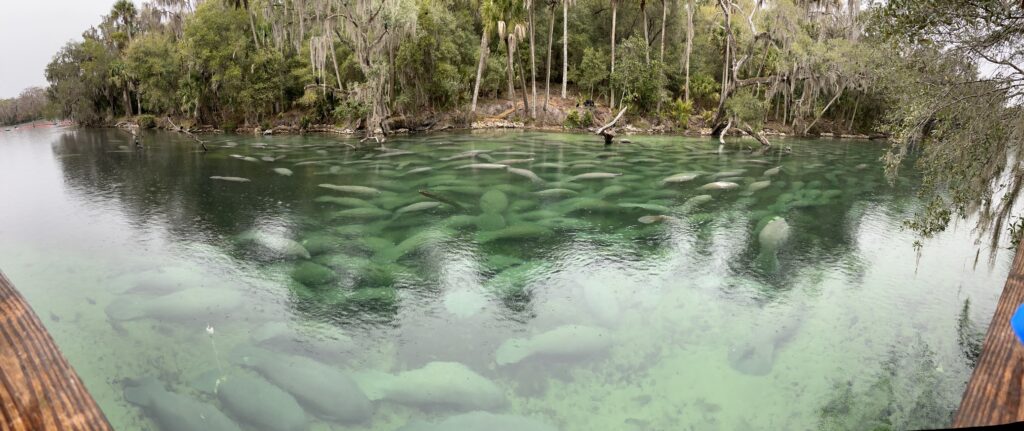
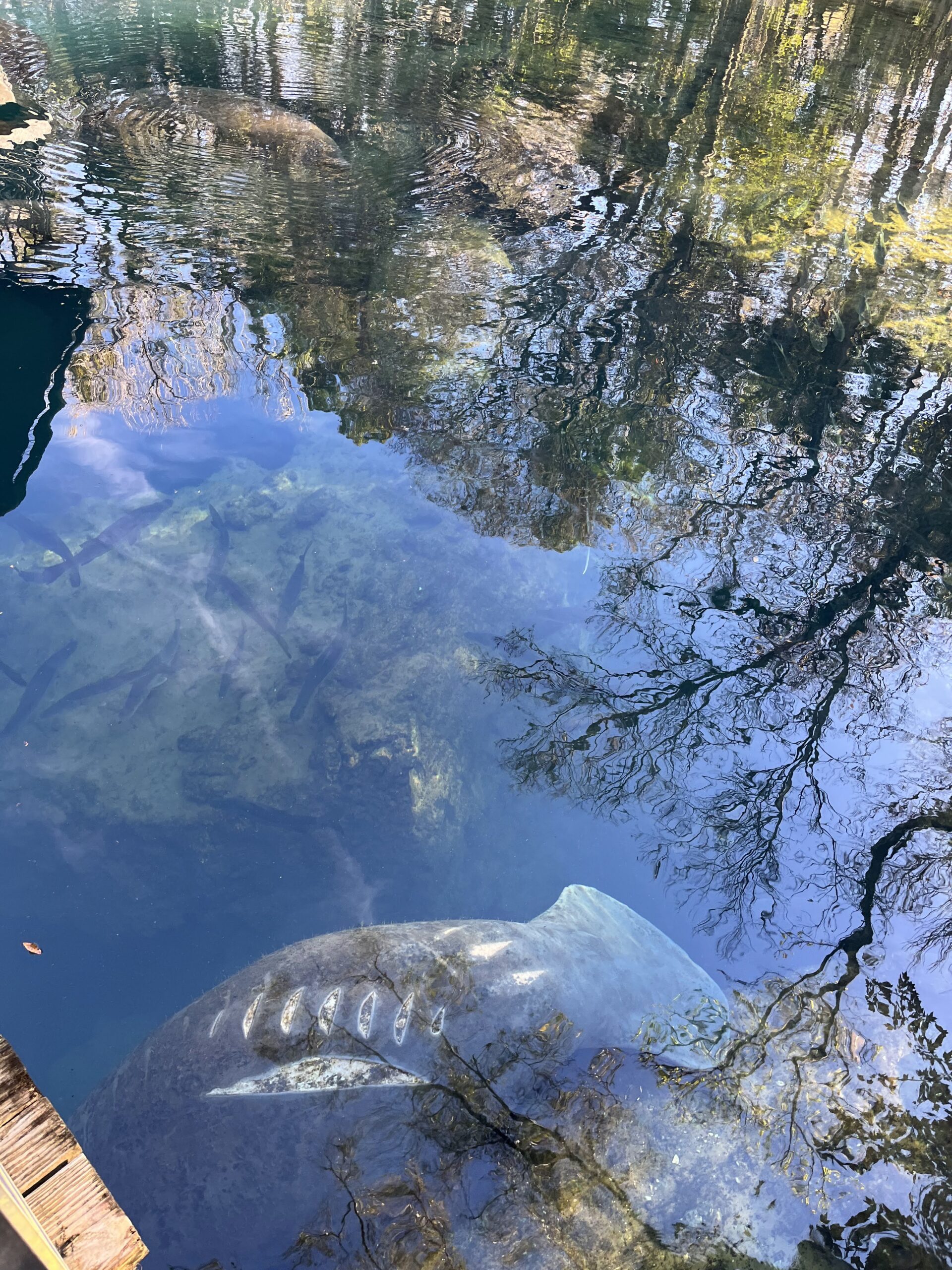
Manatees have scarce body fat and cannot survive water temps below 68 degrees (F). When ocean temperatures drop, they swim into natural springs or ponds heated by power plants where they can stay warm. Manatees are vegetarians, and dine on seagrass. It takes a lot of food to supply their 1,000-pound body with the energy needed for daily activity.
Like all mammals, manatees breathe air and it takes mountains of effort for the colossal bodies to surface. Often, they poke just their nostrils above the of the water for a quick inhale every five minutes or so. Then they sink back down, lounging in a bed of grass. Sometimes, they will use their flippers to “walk” along the floor as they nibble.
Hindering their population is their low reproductive rate. It takes about five years before manatees are sexually mature. Gestation is 11 months and single births occur two to five years apart. Calves stick close to their moms for the first two years of life as they learn the ways of the wild.
Manatee numbers dwindled to a few hundred in the 1970s and there was concern they would soon become extinct. In 1981, a “Save the Manatee” public awareness campaign launched, founded by then Florida Governor Bob Graham and well-known entertainer Jimmy Buffett. No wake zones were established in areas manatees often visit to prevent collisions with boats. Some springs no longer allow swimming during the winter months when the animals are in the area. By 2015, the population had increased to over 6,000 and the manatees were removed from the Federal Endangered Species list in 2017.
Sadly, by recent count, less than 5,000 Florida manatees remain. During 2021 at least 1,101 of these beautiful mammals died. Even worse, 2022 is on track to be the deadliest year for them with 97 deaths in January alone.
What is causing this die off? Natural causes, illness and infant mortality are a major reasons for these deaths which may be unavoidable. Deaths that we CAN reduce are those due to human interference of one kind or another.
Boating strikes
When they are not resting just below the surface, manatees float along at 3-5 mph. They are no match for boats propellers speeding through the water. Resulting deep gashes along a manatee’s back are often deadly. Those that do survive can be easily identified by their scars.
Algae blooms
Use of fertilizer on home lawns, golf courses and agriculture fields contribute to runoff that causes algae to form in waterways. Red tides produce toxins manatees digest when they eat. These deadly toxins can poison and kill the gentle mammal.
Starvation
Florida is growing in population and homes sprawl from the Gulf to Atlantic coasts. New construction impacts existing flow of water across the state, reducing habitat and damaging existing feeding grounds.
Cold water temperatures
Manatees cannot survive sustained cool water temps. Waters around Florida get chilly in winter. Manatees take refuge in the multitude of springs which remain 72 degrees year-round. If the cold spell is prolonged, they depend on emergency feeding by humans, mostly Romain lettuce, to keep up their strength. The Florida Fish and Wildlife Conservation Commission oversees supplemental feeding.
Human interaction
Manatees stress out when people chase or harass them while they rest. Like all mammals, stress takes a toll on them and leads to shorter lifespan. Several of the springs are off limits for recreational use in the winter to allow manatees to exist undisturbed. Other sites restrict swimming but may allow use of kayaks, canoes or stand-up paddle boards.
What can you do to help?
- Check out the resources at Save the Manatee.
- When visiting Florida, learn manatee etiquette and how to protect the remaining population.
- Consider making a donation to help save the Florida manatee.
- Raise awareness with others by sharing stories about the plight of the manatee.
The Florida manatee is an amazing creature to observe. It would be a great loss to us all if we allow them to fade away forever like the Steller’s sea cow, a close relative of theirs which is now extinct. Visit Florida and stop by the many state parks that are winter home to manatees. Enjoy watching them eat, play and rest. A day with the manatees will warm your heart!

